Unveiling Top DTF Transfer Services: A Comprehensive Comparison for Filmmakers
Direct-to-Film (DTF) transfer technology is revolutionizing print production with its precision, vib…….
In today’s interconnected global economy, the efficient and high-quality transfer of data has become a cornerstone for businesses, governments, and individuals alike. At the forefront of this digital revolution is the DTF (Data Transfer Format) transfer quality comparison, a critical process that ensures data integrity, security, and compatibility during transmission. This article aims to provide an in-depth exploration of DTF transfer quality comparison, its significance, and its far-reaching impact on various sectors. By delving into its historical evolution, global implications, technological innovations, regulatory frameworks, and future prospects, readers will gain a comprehensive understanding of this vital aspect of modern data management.
DTF transfer quality comparison is the process of evaluating and analyzing the effectiveness of data transfer methods between different systems, platforms, or devices. It involves assessing several key factors to ensure that data remains accurate, accessible, and usable throughout its journey. These factors include:
Historically, as computing systems became more diverse and interconnected, the need for standardized and efficient data transfer formats grew. Early digital data exchange was often cumbersome and incompatible, leading to the development of various DTF standards and protocols. Over time, these evolved into robust frameworks that could accommodate the increasing complexity of data types and transmission methods. Today, DTF transfer quality comparison is an essential practice in industries ranging from finance and healthcare to media and e-commerce.
The influence of DTF transfer quality comparison is a global phenomenon, with significant implications across diverse regions:
| Region | Impact and Trends |
|---|---|
| North America | The region has been at the forefront of DTF development, with robust standards like ASCII, UTF-8, and various XML/JSON formats. Recent trends focus on enhancing security through encryption methods and ensuring data privacy with frameworks like GDPR. |
| Europe | With a strong emphasis on data protection and interoperability, European countries have adopted stringent regulations for data transfer. Standardization bodies like CEN play a pivotal role in developing DTF standards tailored to the region’s needs. |
| Asia-Pacific | Rapid digital transformation has driven the demand for efficient data transfer solutions. Countries like China and Japan are investing heavily in 5G technology, which necessitates advanced DTF protocols for real-time data exchange. |
| Middle East & Africa | The MEA region is witnessing a surge in e-commerce and fintech, leading to increased data transfer requirements. Standardization efforts are focused on creating regional DTF frameworks that align with global standards while addressing local challenges. |
These variations in adoption and trends highlight the need for adaptable and culturally sensitive DTF solutions, underscoring the importance of international collaboration in standard-setting organizations.
The economic landscape is closely intertwined with DTF transfer quality comparison, as efficient data exchange can drive significant business value:
Technological innovations have been instrumental in shaping DTF transfer quality comparison:
Governments worldwide have recognized the critical role of DTF transfer quality comparison in shaping digital economies and implementing policies to ensure:
The future of DTF transfer quality comparison is filled with both opportunities and challenges:
Opportunities:
Challenges:
DTF transfer quality comparison is a dynamic field that plays a pivotal role in shaping the digital future. Its global impact, economic significance, and continuous technological advancements highlight its criticality in various sectors. As we navigate an increasingly interconnected world, robust DTF standards and secure data transfer practices will be essential for unlocking new opportunities while mitigating risks. By addressing the challenges and embracing collaborations, industry leaders, policymakers, and technologists can ensure that data transfer continues to drive innovation and enhance our digital lives.

Direct-to-Film (DTF) transfer technology is revolutionizing print production with its precision, vib…….
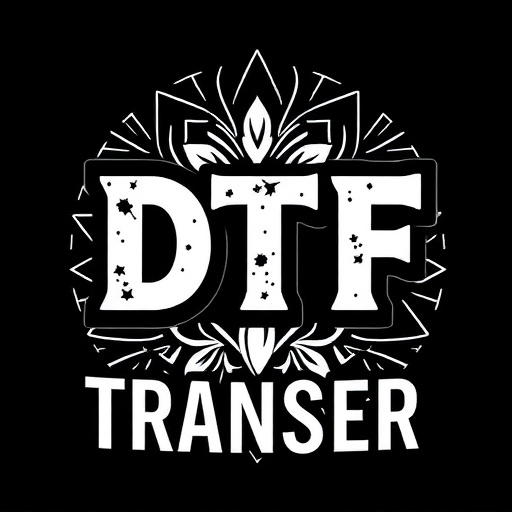
Direct-to-Film (DTF) transfer is a cutting-edge printing technology revolutionizing industries with…….
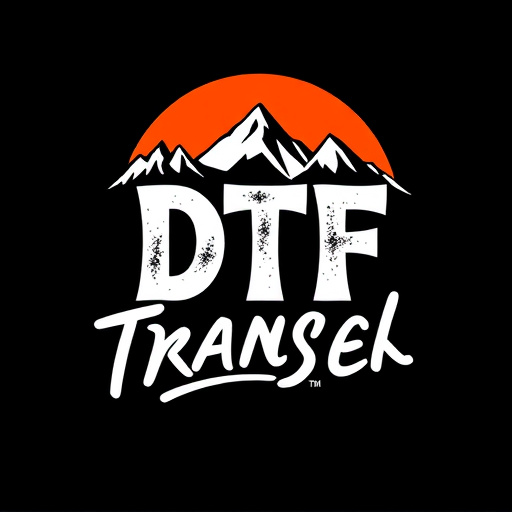
Direct-to-Film (DTF) printing technology revolutionizes visual creation across signage, packaging, a…….
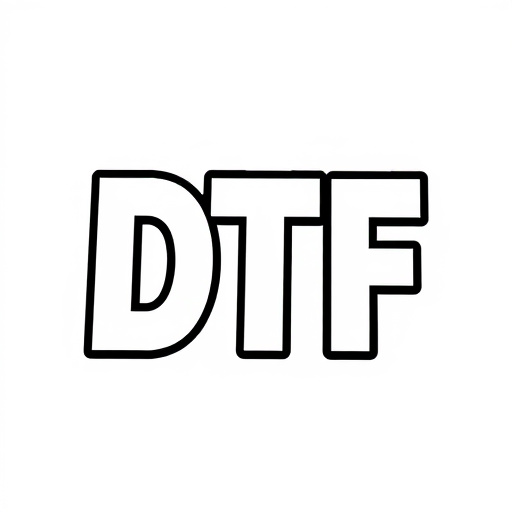
Direct-to-Film (DTF) Transfer technology revolutionizes film preservation by digitizing traditional…….
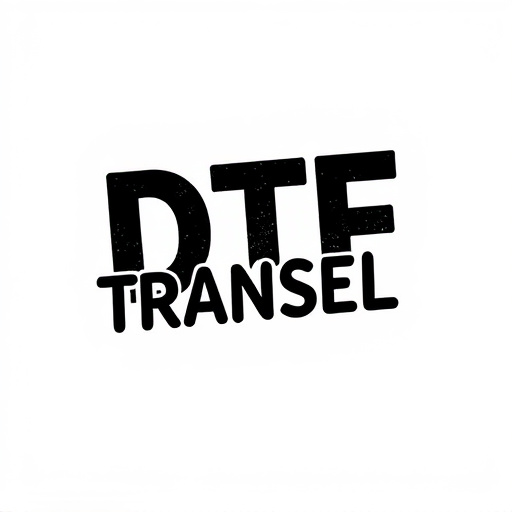
Direct-to-Film (DTF) transfer is an innovative printing and finishing method that offers high-qualit…….
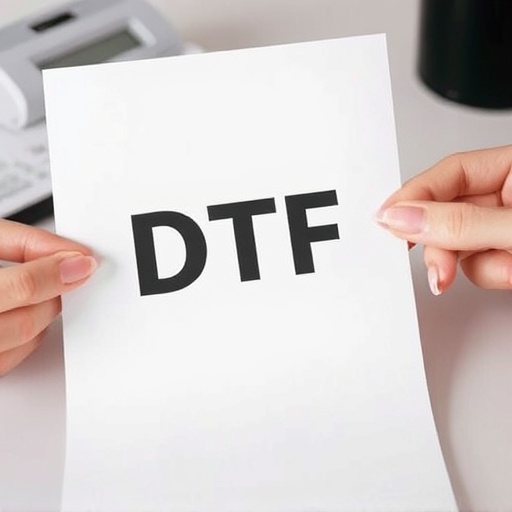
Direct-to-Film (DTF) transfer is a cutting-edge process converting digital creations into high-quali…….

Direct-to-Film (DTF) printing offers revolutionary quality and versatility, directly exposing emulsi…….
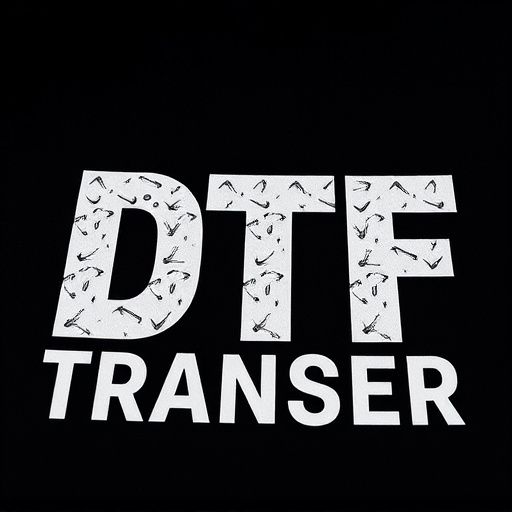
Direct-to-Film (DTF) printing revolutionizes digital image reproduction by enabling high-quality, pr…….
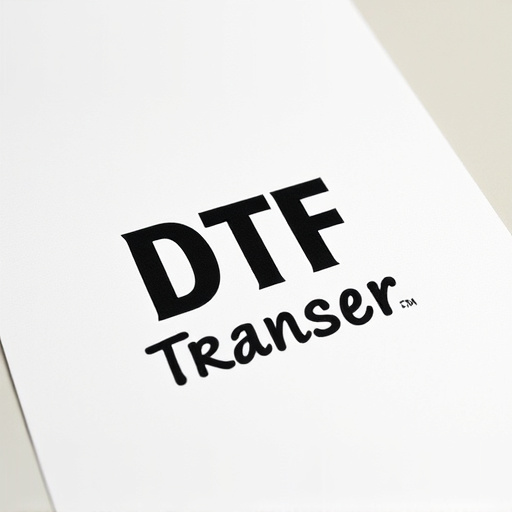
Direct-to-Film (DTF) Transfer is a cutting-edge digital printing method for swiftly applying images…….